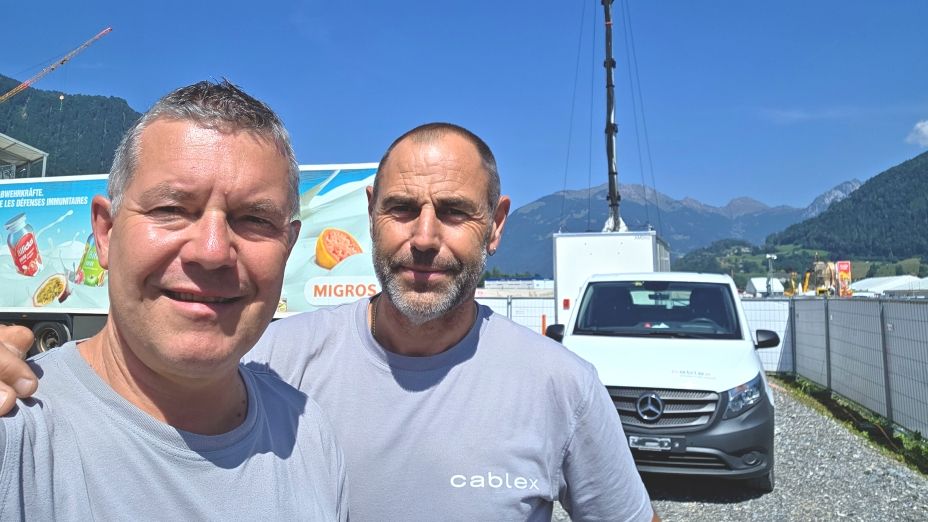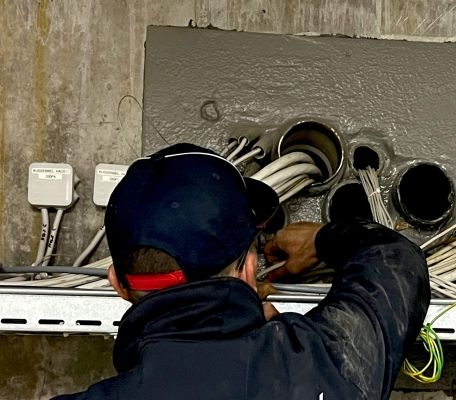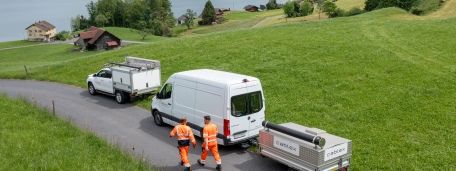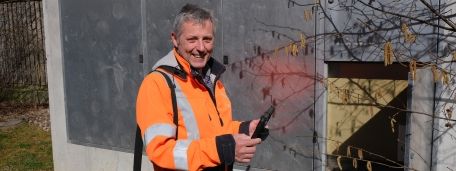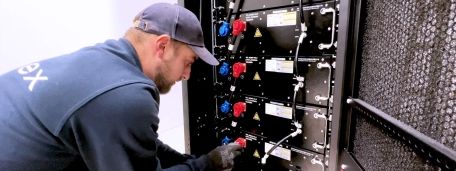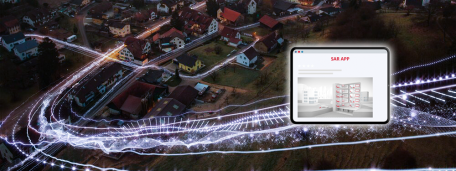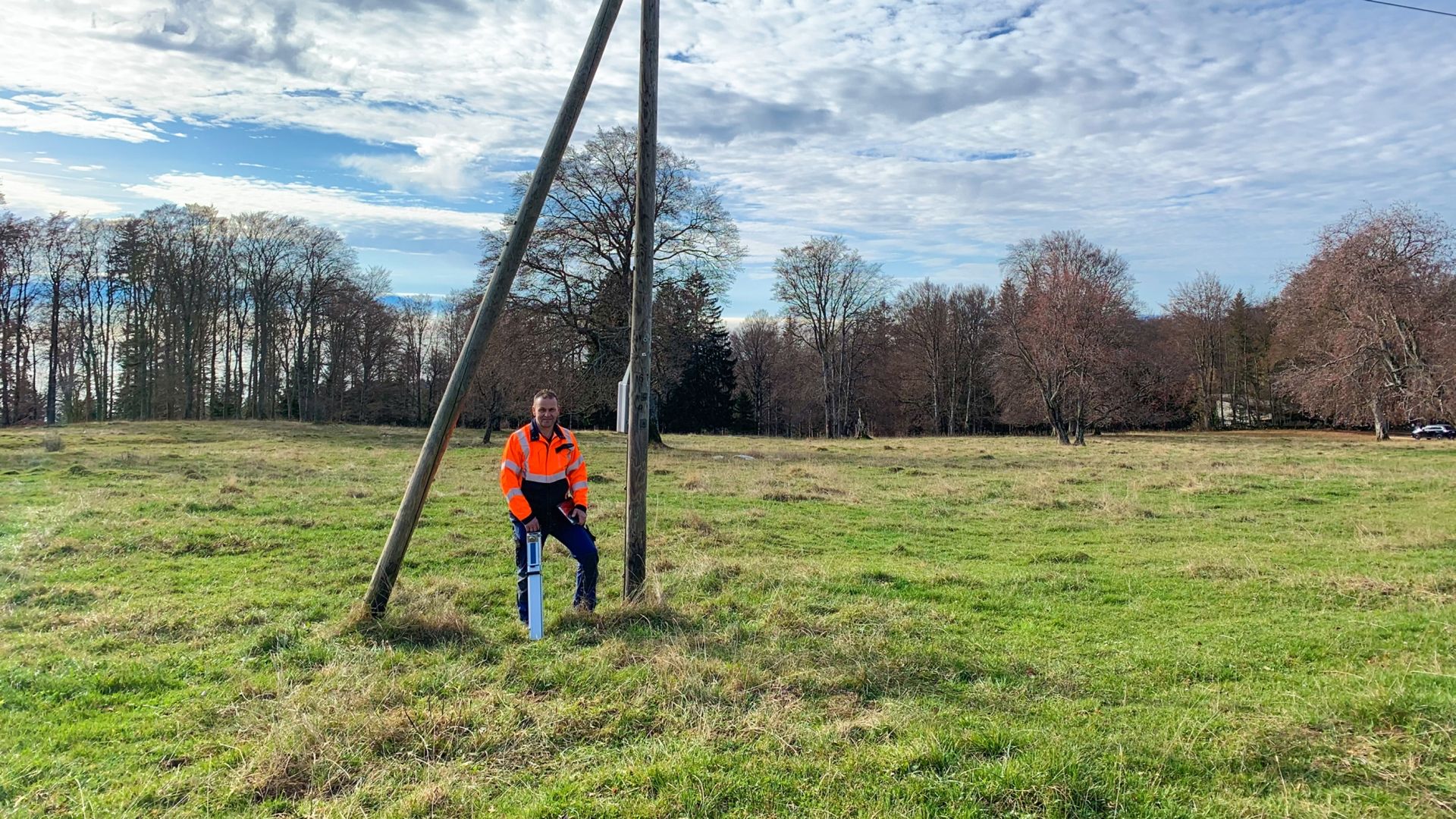
Pole inspection in the canton of Bern.
Werner Aebi, ICT technician in the CFS-C Team, took us along to a pole inspection in the canton of Bern and showed us what it’s all about.
The pole as a wooden structure.
A wooden pole for telephone lines is seven to fourteen meters high. Three Swiss impregnating plants are responsible for producing and delivering these carriers. The distance from pole to pole is usually 35 to 50 meters. If these poles are made of wood, they have to be replaced on average every 40 years. If the quality of the wood is good, however, and depending on the soil conditions, they can also reach well over fifty years old. In mountain areas, some are over 100 years old.
The role of AVOR.
Swisscom decides which networks to inspect each year. A distinction is made between network and intermediate inspections. As part of the network inspections, each access network is checked every ten years. Semi-rotten poles that pose a risk due to their location (for example, near houses or paths) and that were last inspected five years ago are additionally subjected to an intermediate inspection.
Before the technical team can start with the inspection, the AVOR (Planning and Work Preparation) has to do some preliminary work. It provides the plans, generates the work packages per network and plans the allocation to individual employees.
Requirements for the inspection work.
Our Customer Field Service staff need to be very fit and should enjoy walking. After all, there’s a lot of climbing or descending hills to be done, especially in rural areas. For this they need the right footwear, long trousers and, if necessary, rain protection or sunglasses and sunscreen. However, our colleagues are at no risk in rain and thunderstorms, because the SUVA guidelines stipulate that this work must be postponed in such weather conditions.
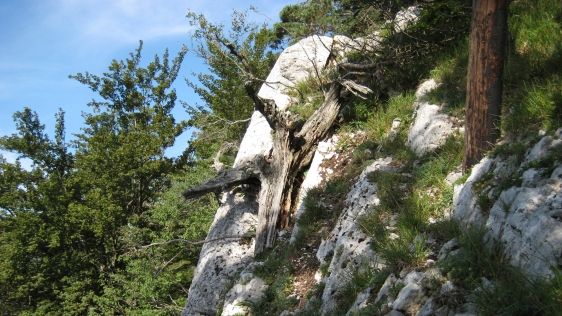
The following points must also be observed.
- Before entering private land, one must register if possible.
- If there are any dogs, cows or other animals in the vicinity of the pole, the inspection may have to be postponed.
- If the pole check cannot be carried out, a photo must be taken and a comment be stored in the app.
- If the overhead line passes through dangerous terrain (very steep gradients, rocks, etc.), two people must be scheduled for the pole check.
What is inspected?
The pole is never climbed during pole inspections. If repair work on the overhead line is necessary, these activities are coordinated with cablex's Corporate Business BU. The first step is a general visual inspection of the poles, then they are tapped with a hammer from the ground to a height of about two metres. On a pole with dry wood, a clear tone indicates healthy material, and a dull, matt tone indicates damaged wood. In addition, the pole is set in moderate motion by strong pushing, perpendicular to the direction of the line. If a crackling sound is heard directly above the ground, this is an indication that the wood is rotten.
The most important check.
The most important check is a test with the pole inspection device. Its drilling needle has a diameter of three millimetres.
To begin with, the diameter of the wood is determined by means of drilling.
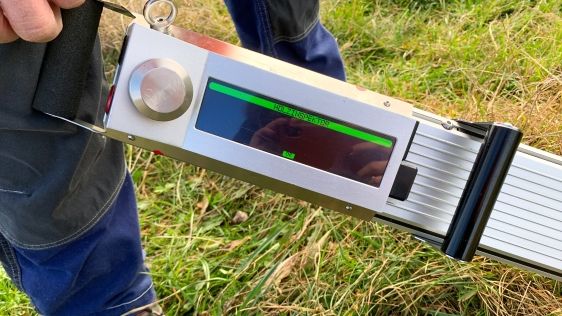
Subsequently, drilling is carried out at a 30-degree angle and also in the day/night zones with a 90 degree offset. The wood resistance is measured here. If it is high, the wood is healthy, if it is low, the pole is rotten. The result is displayed with "good", "half-rotten" or "rotten" directly on the control unit. A rotten pole is marked with a black cross, a half-rotten pole is marked with a diagonal line.
Processing the inspection results.
The technician enters the results of the pole inspection into the system on site via tablet or mobile phone. The specially developed app "PoleInspector" is available for this purpose. For each transfer pole (TP), the technician or the engineer receives a work package in csv format from AVOR before the inspection, which is transferred to the app. This already includes any damage to the pole.
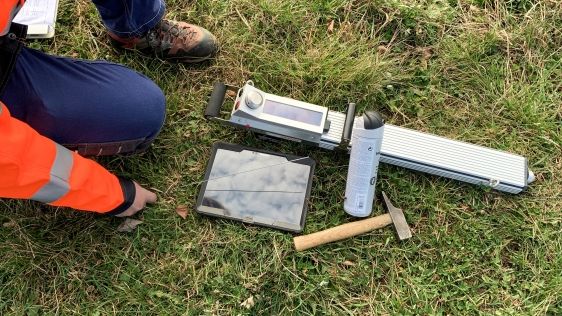
The measurement results are transmitted from the pole control unit directly to PoleInspector via Bluetooth. Photos of rotten poles and their surroundings must also be taken and stored.
At the end of the working day, all work packages are returned by e-mail to AVOR, which prepares the data and transfers them to Swisscom (to the INI-NET department).
Swisscom checks the supplied data and then, if necessary, commissions the cablex team to carry out repair, replacement or tree branch-thinning work. Every year, around 4000 rotten poles are replaced throughout Switzerland.



